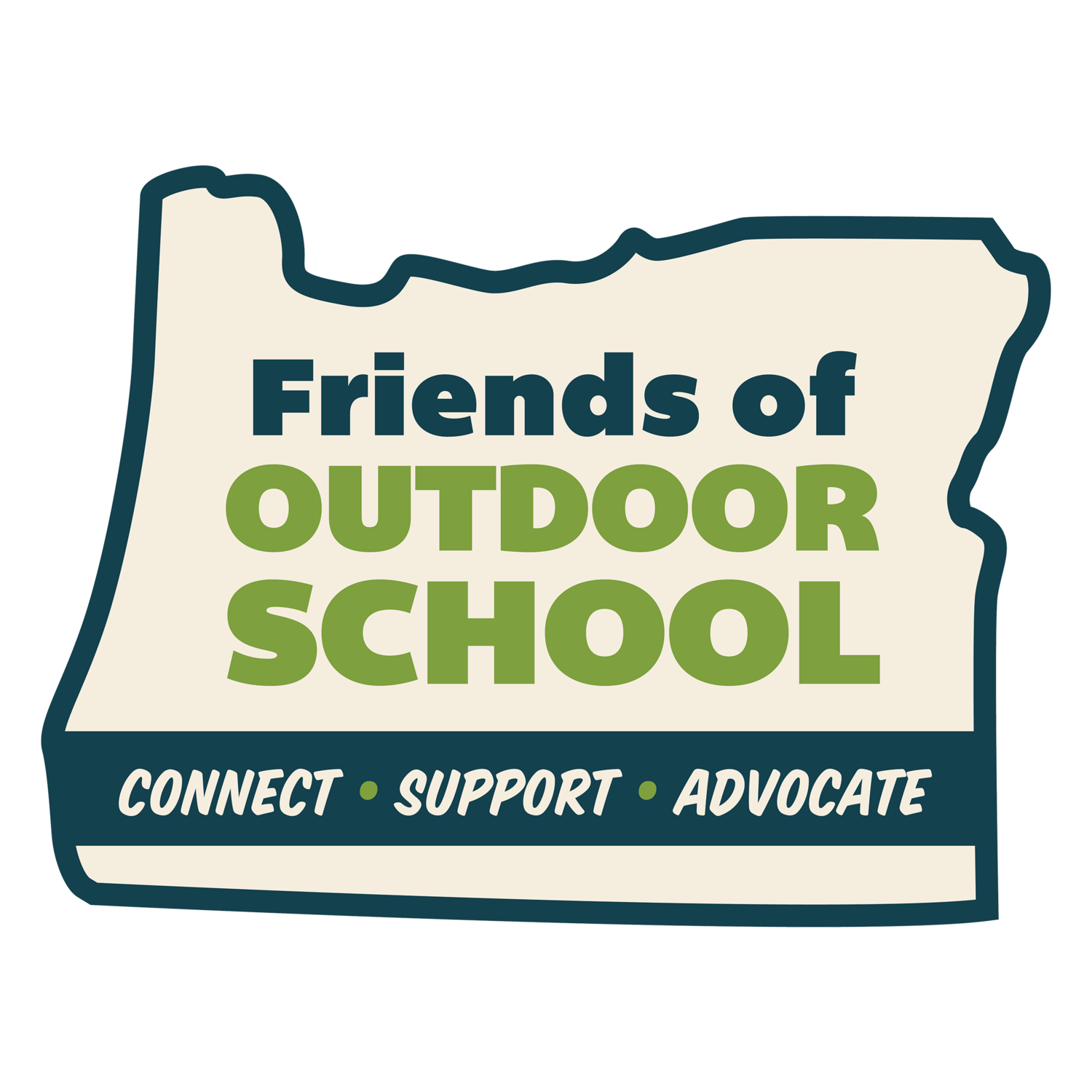Guide for Outdoor School
Program Providers/Camp Facilities:
Steps for Working with Schools, School Districts & Education Service Districts
As a result of the new Outdoor School for All law and passage of Ballot Measure 99, all public schools, private schools, charter schools and education service districts (ESDs) may apply to receive state grant funds for up to five nights and six days of a qualified Outdoor School program. If you are a program provider, or considering becoming one, following are some things to think about as you interact with potential program contractors.
Step 1: Join our Places and Programs Network
The Places and Programs Network is the growing network of Outdoor School providers and sites across Oregon. Simply subscribe to the Places, Partners and Programs Postcard email list to receive updates on resources and opportunities for connection and learning. Click here to join!
Step 2: Be ready for inquiries by conducting an internal assessment of your program or planned program.
Does your program meet the Outdoor School law guidelines?
General guidelines for Outdoor Schools are contained in the Outdoor School law. Additional guidance will be available from OSU Extension Service as the program is created and implemented.
For detailed advice on creating and implementing an ODS program, refer to the Gray Family Foundation’s Guide to Launching and Outdoor School Program
Do you offer an Outdoor School program only, or are you also a camp facility?
If you are not also a facility, you will need to partner with one. Research the facilities in your region. See “resources” on the second page for a map of residential facilities serving Oregon and list of Oregon camps serving Outdoor School.
Assess the level of accessibility for all students.
Be prepared to answer questions from schools about how the facility and instructors are inclusive to students with specific needs—physical, mental, emotional, dietary, language and cultural differences.
If you are a facility, determine your level of ADA compliance.
If you are a residential camp, determine if you have appropriate facilities for ODS and the number of individuals you plan to host. Consider attributes such as: the number of sleeping spaces, bathrooms and showers for students, staff, and teachers; covered eating and gathering spaces; field study areas; access to a water source such as pond or river; kitchen/serving facilities, etc.
Step 3: Identify, connect with and listen to schools (and camps, if necessary) in your region.
Start by identifying and approaching teachers, parents and community members to garner support.
Reach out to key decision makers at schools, school districts, and ESDs. Please refer to [link to doc on why go to ODS], if you are seeking resources that educate schools and community members about the benefits of ODS.
Determine if/why any schools in your region:
Currently participate in ODS
Participated in ODS in the past, but currently do not participate
Have never participated in ODS.
Plan how to approach schools, districts and ESDs based on their prior experience with ODS.
Step 4: Can your program and/or facility meet your target schools’ Outdoor School programming needs and priorities?
Make sure every element of your program supports the goals of your intended customers, from breakfast duties to field studies to campfire activities. Before meeting with potential clients, be able to answer the following:
What are you teaching? How are you teaching it?
Show how your curriculum is aligned with Next Generation Science Standards (NGSS) and Common Core State Standards (CCSS)? Provide examples.
How will you know that you are successful? Include a strong evaluation component. Schools and funders want to see the effects of their investments.
How will you make participation easy for busy teachers? (e.g., provide permission forms, curricula that meet state standards and guidance about pre- and post-camp classroom learning, etc.
Are you willing to be flexible with your program and customize according to individual school/district needs, or do you offer one set program?
By listening carefully to the needs of educational facilities and through collaboration, you can build or expand a program that will engage students, meet curriculum standards and local needs, and bring science to life for students.
Resources
Oregon State University Extension Outdoor School Funding Program
Gray Family Foundation Guide to Launching an Outdoor School Program
List of Outdoor School Programs and Sites
